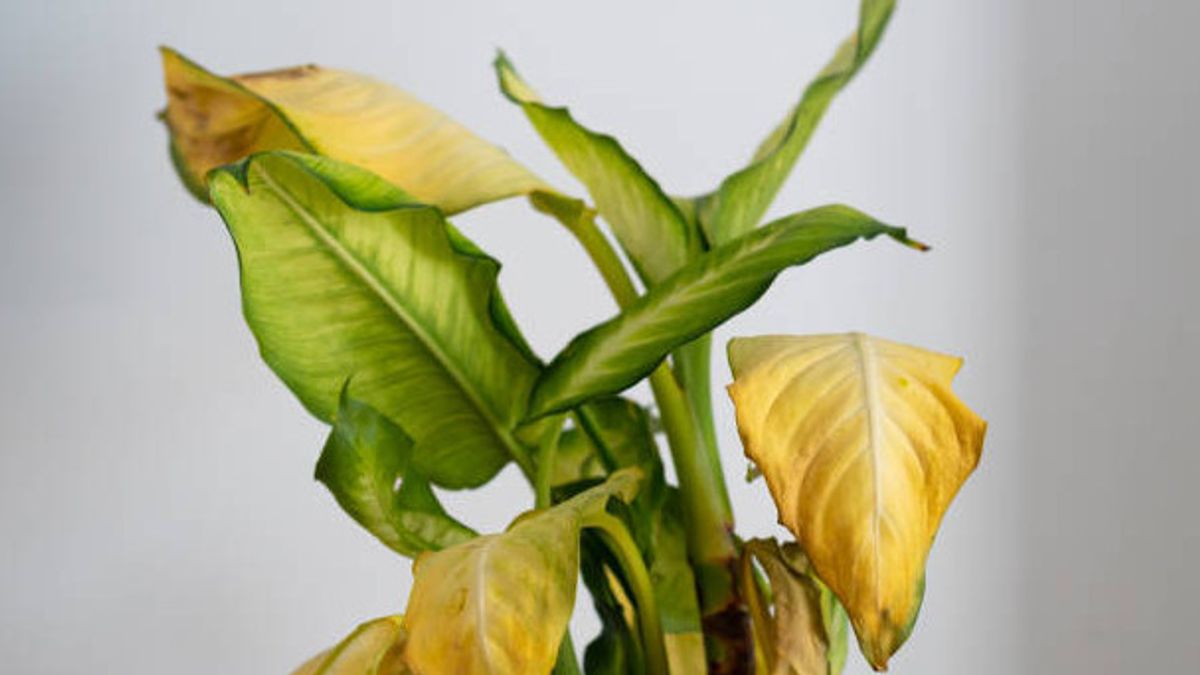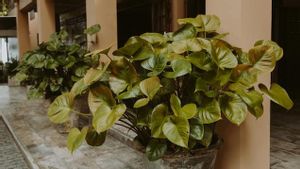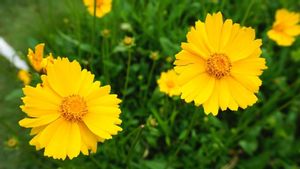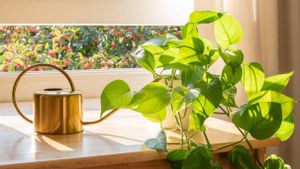JAKARTA - Leaves that turn yellow on ornamental plants are certainly not what plant owners want. Sometimes, there are clear causes so that conditions can be corrected immediately. However, there are times when the problem of yellowing leaves becomes a mystery so it takes time to find out the cause.
Read the following article to find out the reasons why plant leaves can turn yellow as reported by The Spruce, Monday, February 5.
Excess watering or water shortage is the most common cause of yellowing leaves. For plants in pots, it is better to flush as much as the plant needs. When the plant turns yellow, try checking the soil in the pot. Is it dry? Or too wet?
If you don't receive enough water, the plant will abort the leaves to prevent transspiration to save water. However, before they fall out, the leaves usually turn yellow, sometimes at the end, and sometimes have brown spots. If the soil is dry and this happens, try to water the plants regularly.
Too much water can also damage the leaves. If the soil does not have good drainage, excess water will cause the soil to be inundated and the root system can sink. Without oxygen, the roots can die.
As the plant ages, the lower leaves will turn yellow and fall out. This is just a normal part of growth. In this case, don't worry. If the plant becomes too long, consider cutting the main stem to encourage new growth.
Cold winds in tropical plants often cause yellowing and falling leaves. This is different from exposure to intense cold temperatures in a short time. Which will cause the leaves to become brownish or a pale and transparent speckle appear between the veins.
If your plants are near AC ventilation in summer or windy windows in winter, move them to a place that isn't too windy. Keep an eye on it to see if yellow leaves spread further.
Plants that receive too little light will often begin to turn yellow on the lower leaf before the leaves fall out. Plants that turn yellow due to lack of light will usually turn yellow on the side far from the source of light. The leaves near the window, for example, get the whole light and block the opposite side.
The best way to overcome this is to change the position of the pot once a week, so that all sides can be exposed to light. Or you can also move plants to a brighter location to make access to plants to light easier.
SEE ALSO:
Plant leaves can also turn yellow if plants do not receive all the nutrients they need. This can be caused by too much calcium in the water if you use Sadah water or because of lack of nitrogen.
If this is the case, the upper leaf of the plant will turn yellow. In another case, there is an unusual yellowing pattern. For example, the Vein remains dark while the network among the Veins turns yellow.
Nutrients that plants need vary based on their species and some are more picky than others. It is important to try and diagnose the problem properly, otherwise you could even kill plants. Buying small earth equipment for home testing can be a good investment. Being able to accurately determine the needs of plants will be very helpful.
The English, Chinese, Japanese, Arabic, and French versions are automatically generated by the AI. So there may still be inaccuracies in translating, please always see Indonesian as our main language. (system supported by DigitalSiber.id)


















